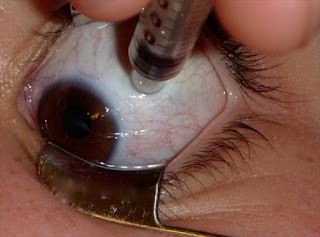The future of laser-assisted cataract surgery: Clinical results and patient flow
August 2011‧Eye World The future of laser-assisted cataract surgery: Clinical results and patient flow When a new technology emerges, especially one as advanced and somewhat controversial as femtosecond laser-assisted cataract surgery, surgeons want information. Their most recent source was the ASCRS and EyeWorld-sponsored webinar entitled, "The future of laser-assisted cataract surgery: Clinical results and patient flow." Alan B. Aker, M.D., Boca Raton Fla., logged on to the webinar with specific questions in mind: Is the femtosecond for cataract laser worth pursuing? Can a business model be developed that will justify the capital outlay necessary to bring one into an already successful cataract practice? How do surgeons present or "sell" this to their patients? "A desire to get answers to these questions is what is driving many of us to participate in these webinars, since there is very little experience with the laser," Dr. Aker said. "





